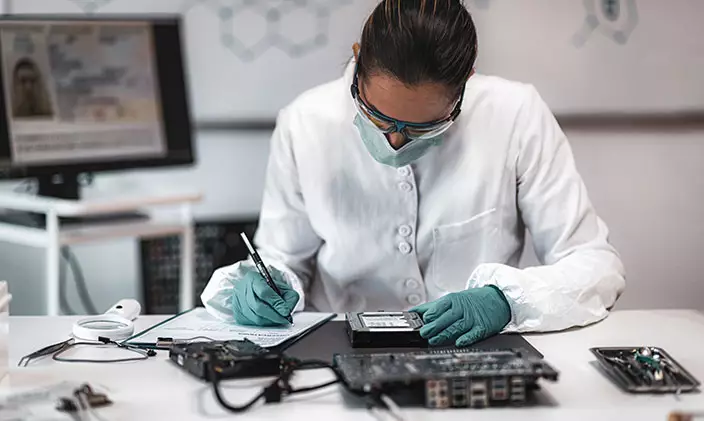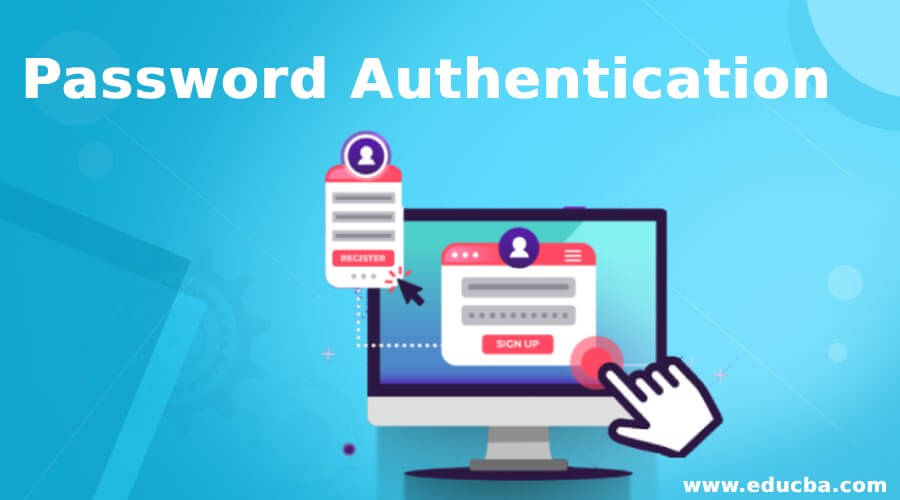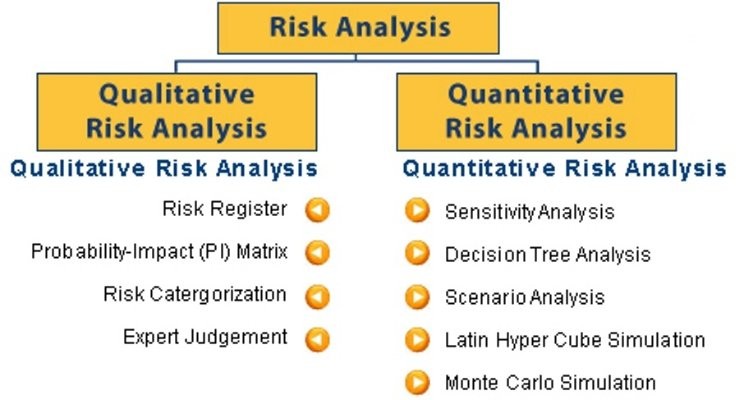Digital forensics, also known as computer forensics, is a branch of forensic science focused on the investigation, recovery, and analysis of information stored in digital devices to uncover evidence for legal purposes. It involves the systematic examination of electronic devices, such as computers, smartphones, tablets, servers, and other digital storage media, to retrieve, preserve, and interpret data that might be relevant to a criminal investigation, civil litigation, or cybersecurity incident.
Here’s how digital forensics generally works:
- Identification and Collection: The process begins with the identification and collection of digital devices and storage media relevant to the investigation. This might involve seizing computers, hard drives, mobile phones, USB drives, or any device that could contain potential evidence.
- Preservation: Once the devices are secured, the next step is to ensure the preservation of the evidence. Forensic specialists use specialized tools and techniques to create forensic copies (bit-for-bit images) of the original storage devices to prevent any alteration or damage to the original data. Chain of custody protocols is followed meticulously to maintain the integrity of the evidence.
- Analysis: Forensic examiners then analyze the collected data using various software and techniques. They search for relevant information, including files, documents, emails, chat logs, browsing history, deleted data, timestamps, and metadata. This analysis involves understanding file systems, examining hex code, and employing keyword searches to locate pertinent evidence.
- Interpretation: After gathering relevant data, forensic experts interpret the findings to reconstruct events or timelines. They validate the authenticity of the evidence and assess its significance in the context of the investigation.
- Reporting: Forensic examiners generate detailed reports documenting their findings, methodologies used, and the results obtained during the investigation. These reports are presented in a format suitable for legal proceedings and must adhere to legal standards and guidelines.
- Presentation in Court: If required, forensic experts may present their findings in court as expert witnesses, explaining the technical aspects of the investigation and the significance of the evidence uncovered.
Digital forensics is vital in solving various types of crimes, including cybercrimes, financial fraud, intellectual property theft, and more. It also plays a crucial role in ensuring data integrity, assisting in incident response for cybersecurity breaches, and supporting legal proceedings by providing reliable electronic evidence.
One notable criminal case that involved digital forensics is the case of United States v. Ross Ulbricht, commonly known as the Silk Road case. Ross Ulbricht was the founder and operator of the Silk Road, an online black market that facilitated the sale of illegal drugs, firearms, and other illicit goods and services using the Tor network.

In October 2013, the FBI arrested Ulbricht and shut down the Silk Road website. During the investigation, digital forensics played a crucial role in uncovering evidence against Ulbricht. The FBI seized Ulbricht’s laptop, which contained a wealth of information, including his personal correspondence, financial records, and login information for the Silk Road website.
Digital forensics experts were able to extract data from Ulbricht’s laptop, including deleted files and browser history, using specialized tools and techniques. They found evidence that Ulbricht had used the laptop to log into the Silk Road website and manage its operations, including communication with buyers and sellers, order fulfillment, and financial transactions.
In addition to the laptop, digital forensics experts also analyzed data from the Silk Road servers, which were located in Iceland and the Netherlands. They found evidence of the website’s illegal activities, including listings for drugs, weapons, and stolen personal information, as well as records of Bitcoin transactions.
The digital evidence collected by the FBI was presented in court during Ulbricht’s trial, where it played a significant role in securing his conviction. Ulbricht was sentenced to life in prison without the possibility of parole in 2015.
The Silk Road case is an example of how digital forensics can be used to uncover and prosecute criminal activities that take place online. Digital forensics experts play a crucial role in collecting and analyzing electronic evidence, which can provide critical insights into criminal activities and help law enforcement build strong cases against perpetrators.
In conclusion, the Silk Road case serves as a stark reminder that criminal activity can take place in the digital world, and that digital forensics plays an essential role in uncovering and prosecuting such activities. The case also highlights the importance of data privacy and security, as Ulbricht’s downfall was ultimately due to his failure to protect his electronic devices and communications from law enforcement.














+The+Future+of+Technology.jpg)

